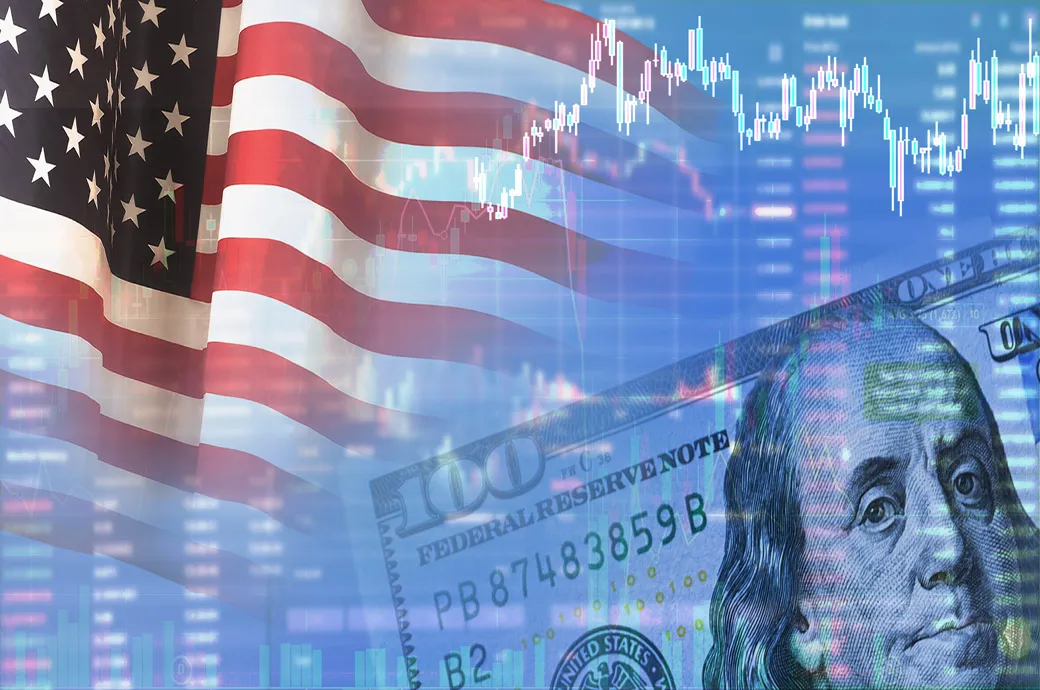All Eyes on U.S. CPI and Tariff Watch: Pound and Euro in the Crosshairs

Introduction
As we enter the week of March 10, 2025, market participants brace for a potential wave of volatility shaped by U.S. inflation data, new trade policy chatter, and top-tier UK economic indicators. The dollar ended last week on a defensive note after soft payrolls but found late support from Federal Reserve commentary that signaled a cautious approach. Meanwhile, the euro and sterling remain in focus amid fresh impetus from Europe’s growth stories and the UK’s consumer data. Here’s an overview of what to track and why it matters for currencies, bonds, and equities.
1. UK Retail Sales: A Tuesday Preview (Mar 11)
- BRC Retail Sales Monitor: Forecasted at 2.4% year-on-year for February, just below 2.5% prior. While overshadowed by other events this week, it offers an early glimpse into British consumer behavior. A big miss could weigh on GBP/USD, especially if broader risk conditions favor the dollar.
- Setting the Tone: This reading precedes Friday’s GDP release, so any deviation from expectations might foreshadow how other UK data will land. If the consumer sector shows cracks, sterling bulls could get skittish.
2. JOLTS Job Openings: U.S. Labor Under the Microscope (Mar 11)
- Why It Matters: The U.S. economy added fewer jobs than expected in February, while unemployment ticked to 4.1%. The JOLTS figure, pegged at 7.71 million, will test the notion that demand for workers remains robust.
- USD Impact: A strong JOLTS reading might reinforce the Federal Reserve’s sense that the labor market is still tight, thereby tempering bets on rapid rate cuts. Conversely, a miss would fuel concerns that the jobs slowdown is deepening, potentially undermining the dollar.
3. Tariff Tension Remains High
President Donald Trump has teased new tariff announcements, including possible measures aimed at Canadian dairy, Mexican agricultural products, or even European autos. Such moves can jolt risk appetite and overshadow data-driven narratives.
- Potential Scenarios:
- Harsh Tariffs Imposed: The dollar sometimes benefits in episodes of global turmoil, but if investors perceive a direct hit to the U.S. economy, sentiment might flip negative on the greenback.
- Tariff Reprieve: Any sign of a last-minute compromise—such as exemptions for key allies—could boost risk assets, pushing money into higher-yielding currencies and possibly trimming the dollar’s safe-haven appeal.
4. U.S. CPI in the Spotlight (Mar 12)
- Key Forecast: Monthly CPI at +0.3%, annual inflation at 2.9%, and core inflation at 3.2%. This data is pivotal, given that inflation remains above the Federal Reserve’s 2% target.
- Why It’s Crucial: The Fed is on hold for now, but a strong inflation report might rekindle speculation the central bank won’t hurry to ease policy further. A weaker figure could do the opposite, leaving the door open for summer rate cuts.
Market Angle:
- Dollar Surge If CPI Surprises High: Bond yields might rise, supporting the greenback.
- Dollar Slump If CPI Underwhelms: Traders could accelerate bets on further Fed easing, potentially fueling a risk-on shift that helps commodity-linked currencies.
5. Friday’s Double Punch: UK GDP and U.S. Sentiment
- UK GDP Growth Rate (Mar 14): Expected to log a 0.1% monthly uptick for January (1.2% year-on-year). If it beats consensus, sterling could push higher, especially if Brexit-related uncertainties have receded. Meanwhile, a miss might intensify talk of future Bank of England rate cuts, pressuring GBP/USD.
- Michigan Consumer Sentiment: Projected to rise to 64 from a previous reading of 63.3. Any positive surprise might reinforce the narrative that U.S. consumers remain a bulwark against slowdown fears, aiding the dollar.
6. Watching the Euro’s Trajectory
The euro has fared well recently, buoyed by upward revisions to Q4 GDP in the Eurozone and rumors of larger German infrastructure and defense spending. Yet the single currency remains vulnerable to abrupt risk aversion if President Trump slaps tariffs on European goods. Further euro upside could hinge on whether the region’s economic momentum outshines that of the U.S.
- Market Jitters Over Tariffs: If the White House signals it’s moving forward with new levies on auto imports, EUR/USD might snap back from its multi-month highs. On the other hand, if the ECB’s hawkish signals persist and trade tensions cool, the pair could test new peaks.
7. Fed in Blackout, Market Self-Guided
The Federal Reserve enters its quiet period leading up to the March 19 rate decision, meaning no major speeches from policymakers. Investors must interpret data—particularly CPI—without official guidance. The next official signal from the Fed will come on March 19, so any significant surprise in inflation or consumer sentiment might produce outsized reactions in rates and forex markets, given the data vacuum from the central bank.
8. Conclusion
In many respects, the upcoming week is a dance between fresh economic clues and simmering trade dramas. The U.S. CPI reading stands out as the biggest single data risk, potentially recalibrating expectations for the Fed’s near-term policy. Meanwhile, the UK’s consumer figures and GDP update will test sterling’s staying power, while the euro’s post-GDP upswing could face harsh reality checks if new tariffs appear or if the U.S. CPI surprises to the upside.
Traders should brace for swift sentiment shifts. A hot U.S. CPI or hawkish talk from the White House can swiftly overshadow gradual improvements in Europe or the UK, while a tame inflation print might do the opposite, fueling dollar selling. Ultimately, the interplay between these data points and simmering policy concerns will shape currency moves heading deeper into March.

